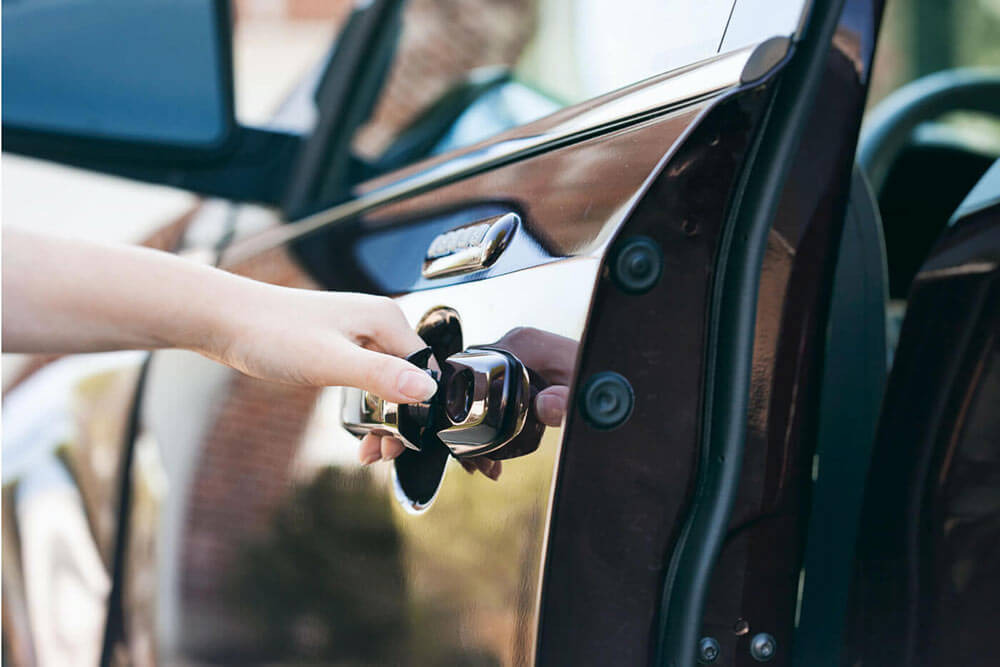Vehicle theft prevention: Anti-theft devices and systems Does having an anti-theft device or system lower my insurance? What else can you do to prevent car theft? Types of thieves Is my vehicle at risk of being stolen? What should I do if my vehicle is stolen? What coverage protects my vehicle against theft? Will I be covered for a rental vehicle if my car is stolen?
Vehicle theft prevention: Anti-theft devices and systems
1. Car alarm. You’ve probably accidentally turned on a car alarm at least once in your life, and we can all agree that the sound of a car alarm is hard to miss. An alarm will most likely come pre-installed in your car (depending on the year, make, and model) and can alert you to someone trying to get into your car. Car alarms can also act as a good deterrent in stopping a thief from stealing your ride, as it can bring unwanted attention to your vehicle.
2. Additional locks. These might take a little bit of manual work on your end, but adding one or more extra locks to your parked vehicle will make it harder for someone else to take off with your car, or parts of it. Here are a few examples:
- A steering wheel lock is placed on your steering wheel to stop someone from being able to turn the wheel.
- A brake lock can be used with your car’s brake pedal or clutch. When installed, it prevents the driver from pushing down on the pedal.
- A wheel lock is a special lug nut that goes on each of your tires and has a specific key for removal. This may not prevent your entire car from being stolen, but it can protect your rims or tires from going missing. There’s also the tire lock option of a boot that clamps to your tire and locks in place, keeping the car where it is.
- A hood lock is an extra precaution over and above your hood latch. With a hood lock, your car’s hood can’t be opened without a key, which helps to keep everything under your hood (like your engine) protected.
As for which of the above to use and when? That is up to you and your vehicle. For example, you may only want to use a boot if your vehicle is going to be parked for a longer period of time. In comparison, wheel nut and hood locks would be on your car at all times.
3. Immobilizer. This stops your car’s engine from running without the proper key. In fact, since 2007, anti-theft engine immobilizers are mandatory in new Canadian-built cars, vans, SUVs, and light trucks.3 If you have an older or imported vehicle, you could consider having a mechanic install an aftermarket immobilizer.
4. Faraday box. Also referred to as a Faraday cage or bag, this device blocks the signal of your key fob when it’s placed inside the box. Car thieves are able to amplify the signal of your key fob when it’s out in the open, even if your keys are in the house. This allows them to start your car without your key fob nearby. A Faraday box helps to prevent this from happening.
5. Anti-theft marking. Anti-theft marking systems help discourage the theft and re-sale of your vehicle by marking or etching different vehicle parts with a unique code.
